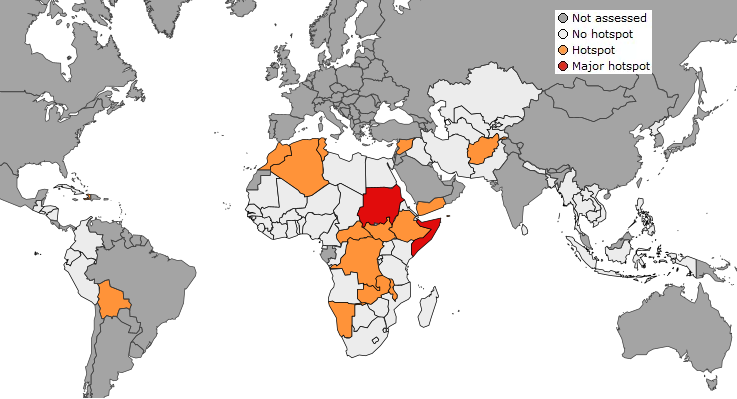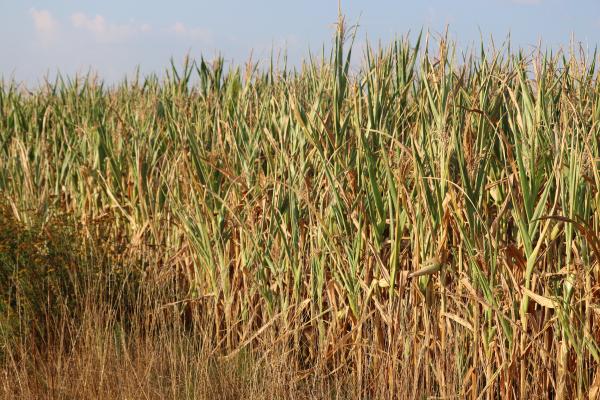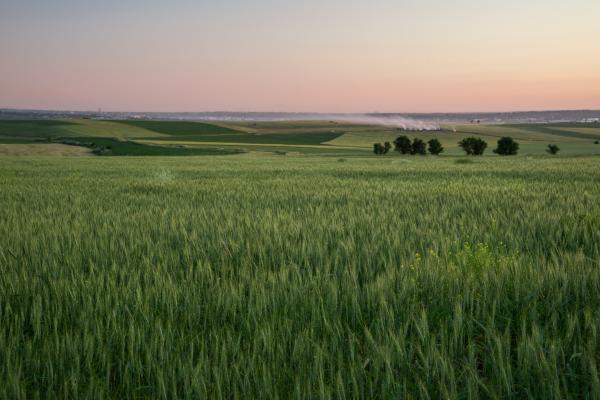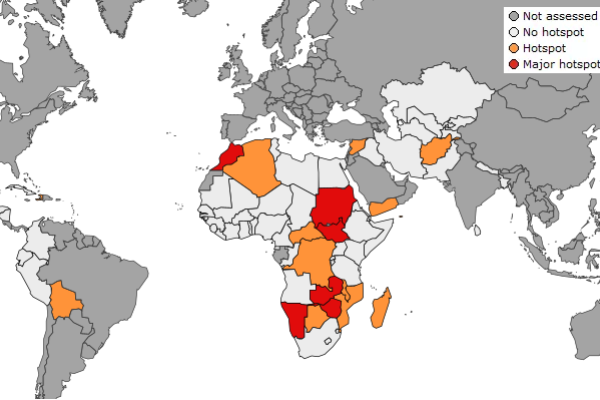
Main findings of the January global overview:
- Southern Africa is in the middle of the summer crop season, and crops are affected by drought stress in central and southern Malawi, southern and eastern Zambia, central Mozambique, northern Zimbabwe and eastern Botswana as a result of below-average cumulative rainfall amounts coupled with high temperatures. These drier-than-average conditions are likely to continue in February and March for most parts of the region according to the Copernicus C3S multimodel seasonal rainfall forecasts.
- In east Africa, crop production expectations are poor for Somalia’s Deyr season and mixed for Ethiopia’s main season. Rangelands have generally benefited from the abundant rainfall that has been improving livestock conditions. The main-season harvest in the northern part of the region, ending in early 2024, was mixed because of localised drought conditions in parts of Eritrea, Ethiopia and South Sudan and ongoing conflicts affecting agricultural activities in Sudan and parts of Ethiopia. Main-season crop production in Kenya’s unimodal areas is expected to be close to average. Levels of acute food insecurity remain high in the region, with nearly 31 million people in six Intergovernmental Authority on Development countries (Djibouti, Kenya, Somalia, South Sudan, Sudan and Uganda) being in IPC Phase 3 or worse.
- In north Africa, midway through the winter season, the western part of the Maghreb continues to suffer prolonged drought conditions. In parts of Morocco and western Algeria, the water deficit experienced so far is expected to negatively affect yields, while in northern/eastern Algeria and Tunisia there could still be improvements depending on rainfall distribution.
- In west and central Africa, the main season is complete, and ‘the aggregate regional cereal production for 2023/24 is forecasted to be about 76.5 million metric tons, down by one percent from the previous year (2022/23) and up by three percent compared to the five-year average’ (Famine Early Warning Systems Network, December 2023).
- In the Middle East, the biomass of winter cereals is average to above average across the region thanks to above-average temperatures and good rainfall since October. In Yemen, the harvest of millet was finalised in December in the western coastal areas, with above-average prospects.
- In central Asia, the biomass of winter cereals is good thanks to above-average temperatures and irrigation. In Afghanistan, the biomass of (irrigated) winter wheat is close to or above average in all provinces except Jowzjan (in the north-west). In south Asia, conditions of irrigated rabi crops and main-season maha rice are good in Pakistan and Sri Lanka, respectively. In Bangladesh, the harvest of rainfed aman rice was finalised in December with favourable prospects, and planting of dry-season boro rice is under way under close-to-average conditions.
- In continental South-East Asia, conditions are favourable for planting and growth of dry-season rice. In Indonesia, after a delayed start to the season, conditions are now favourable for wet-season rice growth.
- In Latin America and the Caribbean islands, the postrera cycles of maize and beans are completing their harvest with overall favourable prospects except in localised areas of Petén in northern Guatemala. The apante cycle has started in parts of Guatemala, Honduras and Nicaragua under average to above-average rainfall conditions except in Petén and Alta Verapaz (departments of Guatemala). Poor vegetation conditions are observed in key producing departments of Bolivia (Santa Cruz and Beni). Above-average rainfall is forecast until the end of February in Caribbean and Latin American countries except Bolivia (Copernicus C3S multimodel maps). In Central America, drier-than-average conditions are forecast for the rest of the apante cycle.
The next assessment is scheduled for the end of February 2024.
Details
- Publication date
- 8 February 2024
- Author
- Joint Research Centre
- JRC portfolios




